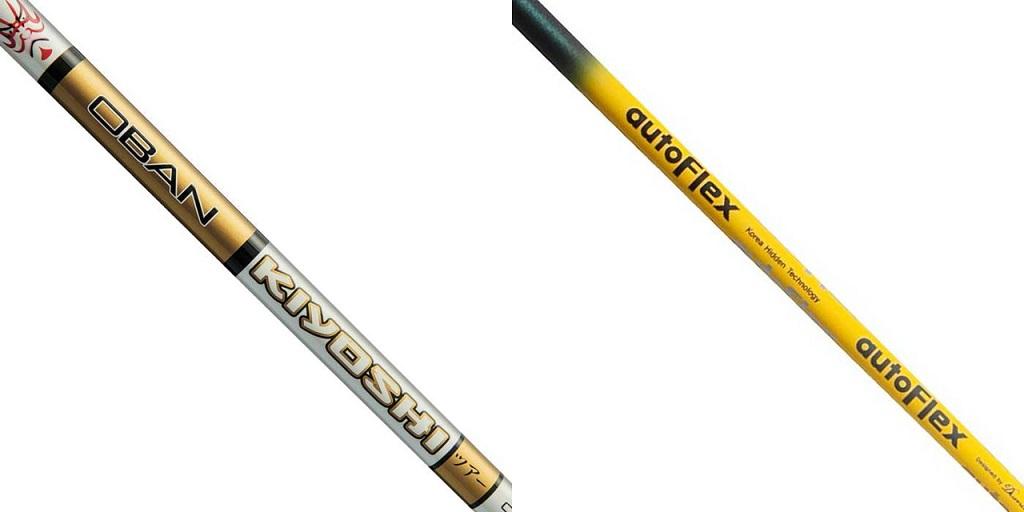Just like you wouldn’t want to buy a car without taking it for a test ride, so too you should want to know what you’re buying before you put good money into a golf shaft.
So, while you’re looking through a collection of golf shafts for sale, here are a few things to look out for.
Flex Rating, Launch and Spin Profiles
Flex rating is probably the single most important rating you need to understand, if you’re going to get yourself a new golf shaft.
Basically, it is how stiff the shaft is, literally; but this has a big impact on performance.
Shafts that are very stiff bend little through the swing sequence. They tend to perform best for players with strong, very fast swing speeds. They also tend to launch the ball low and produce little spin.
Shafts that are more flexible are generally considered better for players with slower swing speeds. They bend through the swing sequence, store energy like a spring, and release it on contact, providing a mechanical advantage to the golfer.
This brings up the following characteristics of launch and spin profiles. More flexible shafts tend to launch the ball higher and produce more spin, which can be seen as favorable for players with slower speeds as these tend to help the ball carry further.
On the flipside, higher launch and spin can be liabilities for players with faster swing speeds as they can incur higher shot dispersion. Moreover, players with high swing speeds prefer to use their strength to launch the ball further, rather than relying on the mechanical properties of the shaft.
Kick Point
The kick point of a golf shaft for sale is where it feels as though it bends. A shaft may have either a high kick point, which will feel like it does not bend much, or a low kick point, which will make it feel much more flexible.
Players who prefer a high-feedback shaft that is less forgiving, and which launches lower and straighter, will prefer a shaft with a higher kickpoint. The reverse is true for players with slower swing speeds.
Torque
Torque rating conveys how much a shaft will twist around an axis that goes through the center of the shaft. Higher torque indicates that the shaft will twist more, lower torque indicates the opposite.
There are few instances in which a shaft with higher torque will be preferred; sometimes, high torque shafts do not close the club face with the ball at the critical moment of impact, which can cause shot errors and exacerbate biases.
Length and Weight
Length and weight are two other important items to understand with respect to golf shafts for sale. Length is important because it will influence your form, but it is not fixed and can be rectified by trimming the shaft.
As for weight, lower weight shafts are preferable for players with slower swing speeds because they enable the players to swing harder and faster. On the flipside, heavier shafts are generally more stable.
Material
In today’s day and age, pretty much all driver shafts are made of carbon fiber. Some putter shafts are as well. However, the majority of putter, iron and wedge shafts are still made from steel because of its strength, stability, stiffness, and low manufacturing costs.
Not Sure How to Choose?
There are two ways you can go about choosing a new golf shaft if you are not sure what to select. One is to lean on the manufacture of a club head. If you look at a golf club, the manufacturer almost always recommends it with one, or one of several, different shafts.
The other is to work with a golf fitter while you are perusing golf shafts for sale. A fitter will take your measurements, observe your swing, and then make a set of personalized recommendations based on what they believe will serve you best.
Either approach is viable, just make sure to do your homework before investing in new shafts for your golf clubs.
For More Information About Ping Golf Shafts and Taylormade Stealth Plus Driver Please Visit: Dallas Golf Company Inc.


Join our community to interact with posts!